Remove the bread from the oven and let it cool. At this time, you either need to put paper kitchen towels under the bread, or turn it over several times so that the bottom does not stick. And pour flour and water into the remaining starter again. If you are going to bake bread the next day, you can not put it in the refrigerator. And if not, then be sure to put it in the refrigerator so that the sourdough does not sour. If the starter is stored in the refrigerator, the fermentation process slows down, and you can feed it every 2-3 days. If you bake bread often, the process of “circulation” of the starter will occur naturally. Take as much sourdough as you need, then add flour and water to the jar and put it back in the refrigerator. Even if you don’t bake bread often, yeast still needs to be fed 2-3 times a day. When the amount of sourdough is noticeably more than half of the jar, then just drink a few spoonfuls of sourdough before the next serving, and then add flour and water.
 Yeast-Free Bread with Cheese and Herbs Recipe
Yeast-Free Bread with Cheese and Herbs Recipe
 Homemade Gluten-Free Buckwheat Bread Recipe
Homemade Gluten-Free Buckwheat Bread Recipe
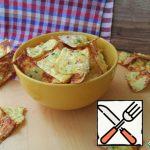 Cheese Chips made of Thin Yeast-Free Pita Bread Recipe
Cheese Chips made of Thin Yeast-Free Pita Bread Recipe
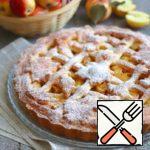 Yeast-free Apple Pie Recipe
Yeast-free Apple Pie Recipe
 Yeast-Free Whole-Wheat Cheese Buns Recipe
Yeast-Free Whole-Wheat Cheese Buns Recipe
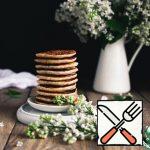 Gluten-Free Coconut Pancakes Recipe
Gluten-Free Coconut Pancakes Recipe
 Pancakes on Sourdough Recipe
Pancakes on Sourdough Recipe
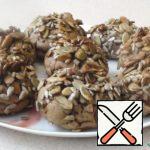 Gluten-Free Buckwheat Buns Recipe
Gluten-Free Buckwheat Buns Recipe
 Pies made from the Perfect Lean Yeast Dough Recipe
Pies made from the Perfect Lean Yeast Dough Recipe
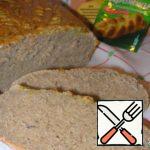 Rice-Flax Bread Recipe
Rice-Flax Bread Recipe
 Yeast Dough in the Microwave and Cheesecakes Recipe
Yeast Dough in the Microwave and Cheesecakes Recipe
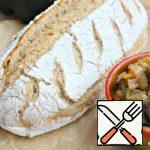 Perfect Farm Bread without Kneading Recipe
Perfect Farm Bread without Kneading Recipe